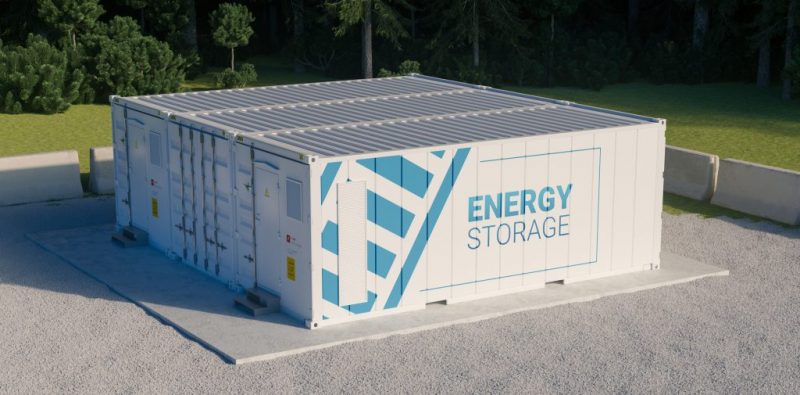
Georgia Power has officially launched its first large-scale Battery Energy Storage System (BESS) at the Mossy Branch facility in Talbot County, Georgia. This 65-megawatt (MW) storage project is the first of its kind in the state to be fully integrated into the grid, marking a significant milestone in Georgia’s energy transition.
Mossy Branch BESS Boosts Grid Resilience
The Mossy Branch facility plays a critical role in Georgia’s energy infrastructure. It stores electricity during off-peak hours and releases it when demand peaks, providing a stable, reliable energy supply. This ability to shift energy use helps the state manage intermittent renewable energy sources like solar and wind, ensuring that power is available even during extreme weather events. With a storage capacity of up to four hours, the facility can meet growing energy demand while reducing reliance on fossil fuels.
Wärtsilä’s Role in Energy Storage Innovation
Georgia Power partnered with Wärtsilä, a global leader in energy solutions, for engineering, procurement, and construction services at Mossy Branch. Wärtsilä also supplied its advanced GEMS Digital Energy Platform, which optimizes the storage and dispatch of energy, ensuring reliable and secure operations. The facility utilizes Wärtsilä’s Quantum storage solution, which is compact, scalable, and designed for high performance.
Future Plans to Expand Georgia’s Battery Storage
Mossy Branch is just the first step in Georgia Power’s broader strategy to expand battery storage across the state. The company is already planning additional projects, including a 265 MW BESS at McGrau Ford and other projects at key locations like Robins Air Force Base and Plant Hammond. These efforts will further enhance the state’s ability to integrate renewable energy sources and maintain a reliable grid.
A Sustainable Future for Georgia’s Energy Grid
As Georgia Power continues to invest in battery storage, it is building a more resilient and sustainable power grid for the future. These initiatives align with the state’s goals of reducing greenhouse gas emissions, increasing renewable energy capacity, and ensuring a reliable, clean energy supply for Georgia’s residents and businesses. By integrating cutting-edge technology like battery storage and optimizing grid management, Georgia Power is positioning itself as a leader in the clean energy transition.











Leave a Reply
You must be logged in to post a comment.